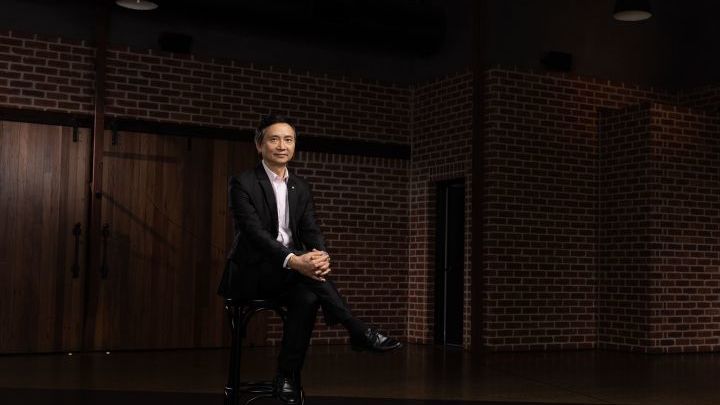Artistic Director
Li Cunxin AO
Joined in 2013

Li Cunxin AO (pronounced shwin-sing) is Queensland Ballet’s Artistic Director, commencing with Season 2013. Having led a long and diverse career as a dancer, Li brings his passion for ballet, devotion to artistic excellence and international reputation and networks to Queensland Ballet’s rich 60-year history. He is the Company’s fifth Artistic Director and the first curatorial Artistic Director.
At the age of eleven, Li was selected by Madame Mao's cultural advisors to attend the Beijing Dance Academy. In 1979 he joined Ben Stevenson's Houston Ballet company as an exchange student and later went on to achieve the top rank of Principal in 1982. He moved to Melbourne in 1995 with his wife, dancer Mary McKendry, to join The Australian Ballet as a Principal Artist. Li retired from dancing in 1999, at the age of 38, but maintained his strong ties to the ballet community. Before taking on the role of Artistic Director at Queensland Ballet, Li worked in Melbourne as a senior manager at Bell Potter, one of the largest stockbroking firms in Australia. He is currently on the board of the Bionics Institute, and until his appointment as the Artistic Director of Queensland Ballet, he sat on the board of The Australian ballet, which he joined in 2005.
In 2003 Li published his international best-selling autobiography Mao's Last Dancer, which has received numerous awards. The book was adapted as a feature film in 2009.
Li received an Order of Australia (AO) in the Queens Birthday Honours List 2019 for his distinguished service to the performing arts, particularly to ballet, as a dancer and as an Artistic Director.
In 2022 we celebrated a decade of Artistic Directorship with Li - with a stellar season and new heights achieved, we thank Li for everything he has brought to Queensland Ballet since 2012.